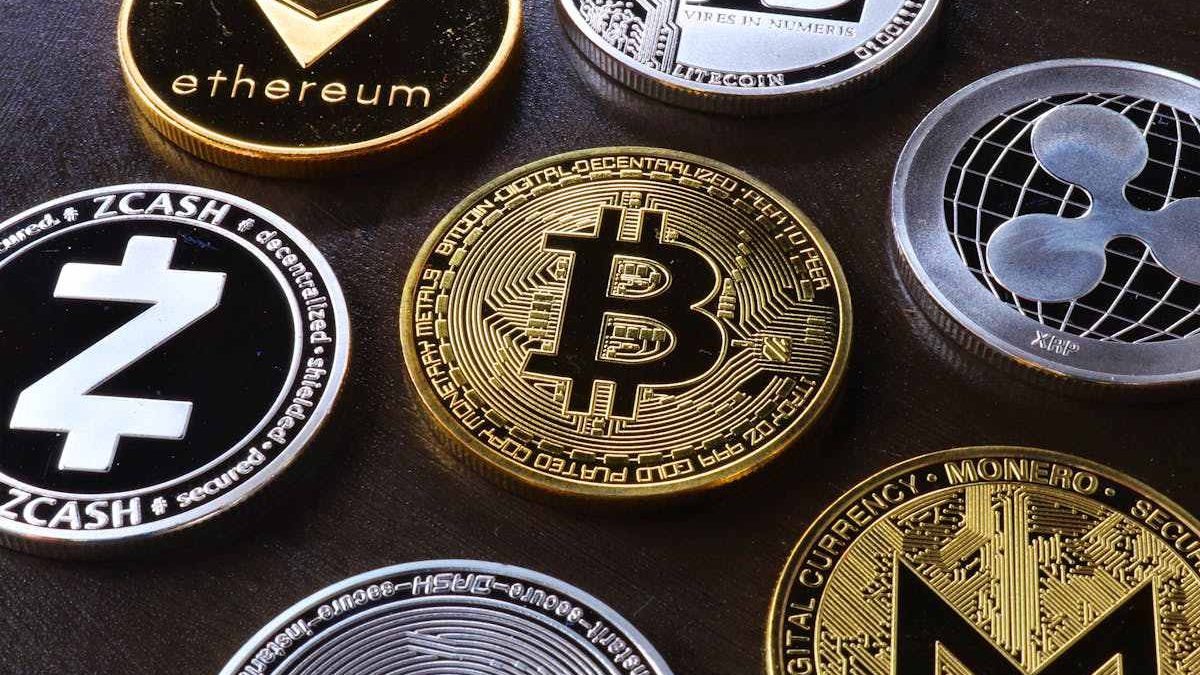Digital coin, the first decentralized digital currency, has revolutionized the financial world since its inception in 2009. Created by the mysterious figure known as Satoshi Nakamoto, digital coin has provided an alternative to traditional banking systems and introduced the concept of blockchain technology to the masses. While its financial impact is widely discussed, digital coin’s influence on the energy market is an equally important topic that deserves attention.
Table of Contents
Understanding digital coin Mining
To understand digital coin’s impact on the energy market, it’s crucial to grasp the concept of digital coin mining. digital coin mining is the process through which new digital coins are created and transactions are validated. This process involves solving complex mathematical puzzles, which requires significant computational power. Miners use specialized hardware called ASICs (Application-Specific Integrated Circuits) to perform these calculations.
Energy Consumption of digital coin Mining
The energy consumption of digital coin mining is a hotly debated topic. According to the Cambridge digital coin Electricity Consumption Index, the digital coin network’s annual electricity consumption rivals that of some small countries. This massive energy consumption is primarily due to the intense computational power needed to solve the digital graphic puzzles that secure the digital coin network. You can also explore stock blast pro for further information.
Factors Contributing to High Energy Usage
Some factors contribute to the high energy consumption of digital coin mining. Firstly, the difficulty of the mining puzzles adjusts periodically to ensure that a new block is mined approximately every ten minutes. As more miners join the network, the difficulty increases, leading to higher energy consumption.
Secondly, the competition among miners to solve the puzzles first drives them to use the most powerful and energy-intensive hardware available. This arms race results in a continuous increase in energy demand.
Digital coin’s Geographic Energy Footprint
Digital coin mining is not evenly distributed around the world. Certain regions have become hotspots for mining activities due to their favorable conditions, such as low electricity costs and cool climates. These factors help reduce the operational costs and improve the efficiency of mining operations.
China: The Early Dominator
For many years, China was the epicenter of digital coin mining, with over 65% of the global hash rate. This dominance was primarily due to China’s cheap electricity, largely sourced from coal and hydropower. However, in 2021, the Chinese government cracked down on digital currency mining, citing concerns over energy consumption and environmental impact. This crackdown forced many miners to relocate to other regions.
The Shift to North America and Beyond
Following China’s mining ban, North America has emerged as a significant player in the digital coin mining landscape. The United States, in particular, has attracted miners due to its relatively low electricity costs, abundance of renewable energy sources, and favorable regulatory environment. Texas and Wyoming have become notable hubs for digital coin mining activities.
The Environmental Impact of digital coin Mining
Digital coin mining’s energy consumption has raised concerns about its environmental impact. Critics argue that the carbon footprint of digital coin mining is substantial, especially when the energy used is derived from non-renewable sources.
Demand Response and Grid Stability
Digital coin mining can provide a flexible demand response solution to this challenge. Miners can adjust their energy consumption based on the availability of renewable energy. During periods of excess renewable energy production, miners can increase their operations, effectively acting as a buffer and stabilizing the grid. Conversely, they can reduce their energy usage during peak demand periods or when renewable energy production is low.
Regulatory Developments
Regulatory developments will also play a critical role in shaping digital coin’s energy impact. Governments and regulatory bodies are increasingly scrutinizing the environmental impact of digital coin mining. Policies promoting renewable energy usage and imposing carbon taxes on fossil fuel-based mining operations could incentivize more sustainable practices within the industry.
Global Push Towards Sustainability
The global push towards sustainability is likely to influence the future of digital coin mining. As countries commit to reducing their carbon footprints and transitioning to renewable energy sources, digital coin miners may increasingly adopt greener practices to align with these broader environmental goals.
Conclusion
Digital coin’s impact on the energy market is multifaceted and complex. While the energy consumption associated with digital coin mining raises valid environmental concerns, it also presents chances for renewable energy integration and grid stability. As the digital currency landscape continues to evolve, ongoing efforts to promote sustainable mining practices and technological advancements will be crucial in shaping digital coin’s future energy footprint. Balancing the benefits of decentralized finance with environmental responsibility will be key to ensuring that digital coin can coexist harmoniously with our global energy goals.

